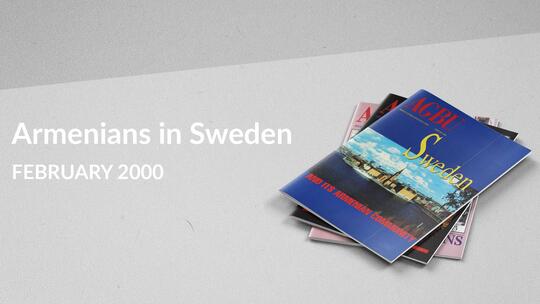People from a host of nations have made Sweden their home over the decades, constantly changing the demographics of a country where more than one million of its 8.8 million population are now foreign born or the first generation children of a foreign parent.
The largest foreign national group in Sweden are the Finns, totaling an estimated 320,000, who have settled in Sweden from as early as the 16th century. For them, integration has never been a real problem, unlike the new immigrants, especially those who flooded into Sweden after the Second World War.
